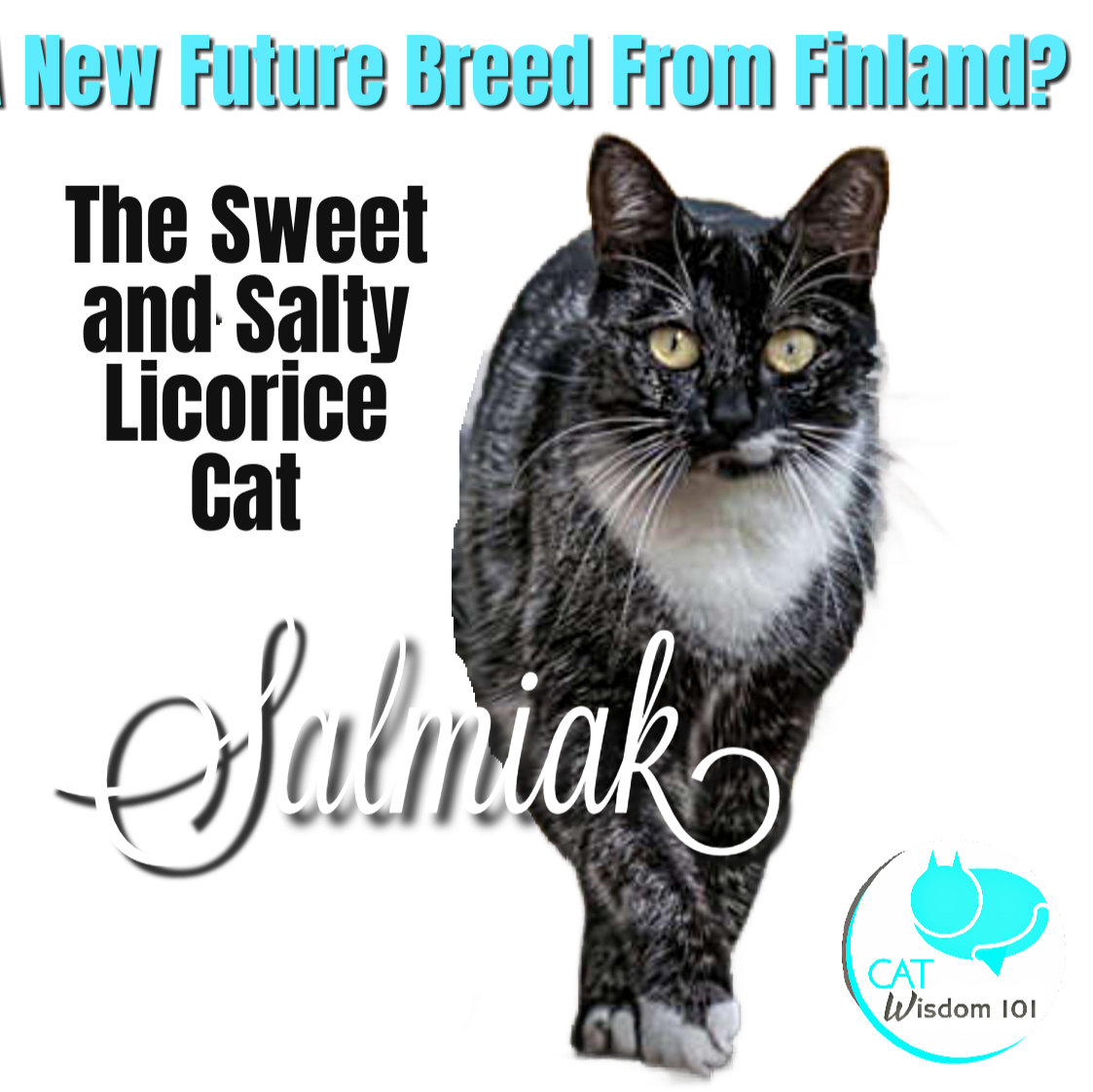
Finland’s Sweet and Salty Salmiac Cat
As a proud Finnish citizen, I’m always curious about Finland in the news especially about cats.
The Salmiac cat aka Salmiak, a fascinating feline from Finland, has captured the attention of cat enthusiasts and geneticists alike. Named after the popular Finnish salty licorice, these cats exhibit a distinctive coat pattern that sets them apart from other domestic cats.
Origins and Discovery
The Salmiac coat pattern was first observed in feral cats in central Finland around 2007.
These cats displayed a unique fur coloration that resembled a “tuxedo” pattern but with a twist: their hair started black at the base and grew progressively whiter towards the tip.
This striking appearance led to their adoption as household pets, and they quickly became a subject of scientific interest.
Currently, Salmiac cats are quite rare and primarily found in Finland.
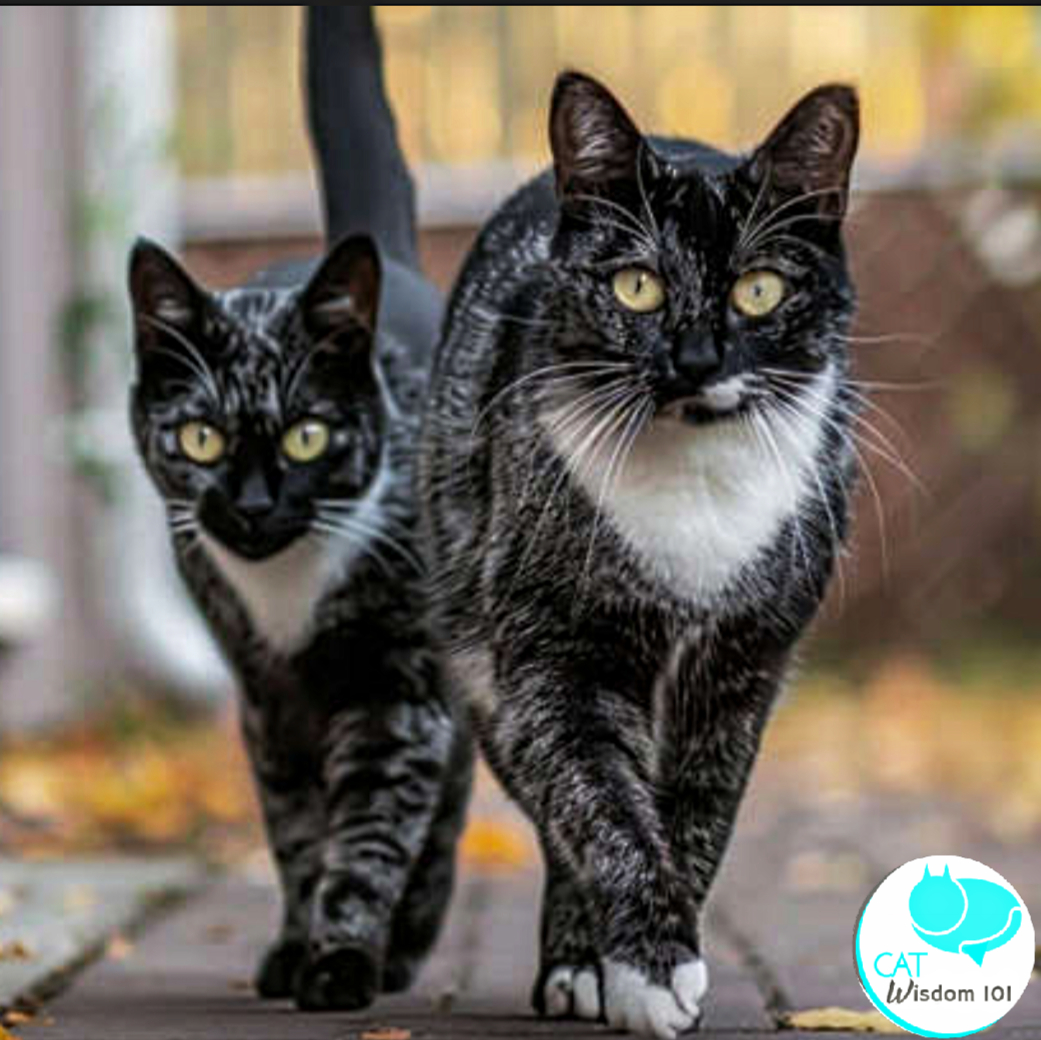
Since they are still in the early stages of being recognized as a distinct breed, they are not widely available for adoption through traditional channels.
Genetic Basis
Researchers at the University of Helsinki, in collaboration with Mars Petcare Science & Diagnostics, embarked on a study to uncover the genetic underpinnings of the Salmiac coat pattern. They discovered that the pattern is linked to a specific genetic mutation: a 95-kilobase (kb) deletion downstream of the KIT gene.
Salmiac Cat Genetics and Appearance:
– Gene Influence:
– Affects white hair patterns in domestic animals
– Requires inheritance from both parents (recessive trait)
Research Findings:
– Scientists sequenced genomes of two Salmiac cats
– Tested 181 additional Finnish house cats
– Cats with one gene copy: no Salmiac pattern
– Cats with two gene copies: Salmiac pattern present
Coat Characteristics:
– The Salmiac coat pattern is most often seen in solid black cats, but it can also appear in other fur colors such as brown tabby, tortoiseshell, and blue.
– Hair color: dark at base, progressively whiter towards tip
– White-tipped tails common
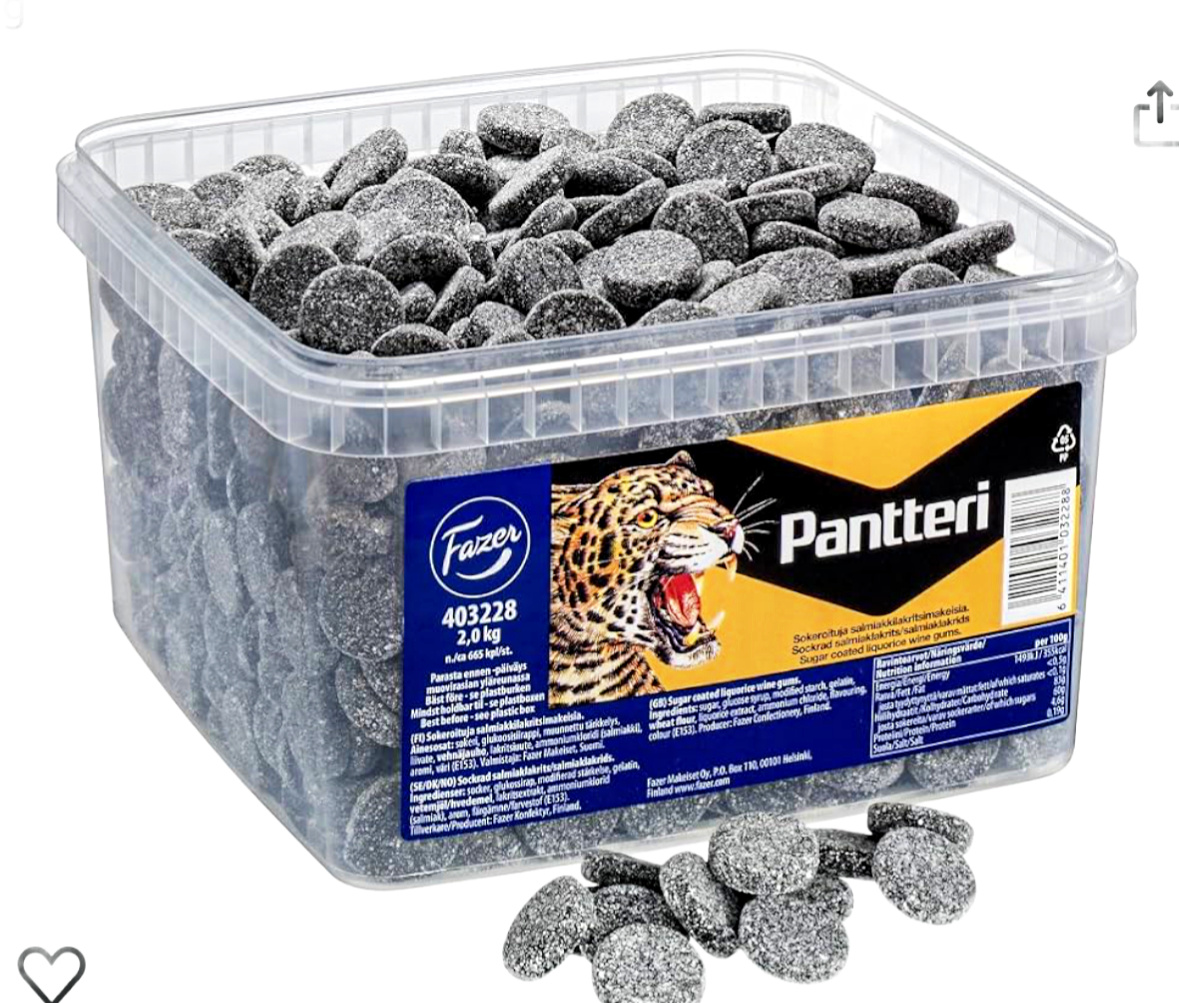
Overall Appearance:
– “Salt and pepper” look, similar to salty licorice
– Often displays “tuxedo” pattern:
– White neck, chest, belly, and paws
-Occasional color spots on white areas
Unique Features:
– Distinctive fur gradation
– Combination of white areas and colored spots
– Charming blend of classic and novel cat coloring
The Love it or Loathe it Licorice
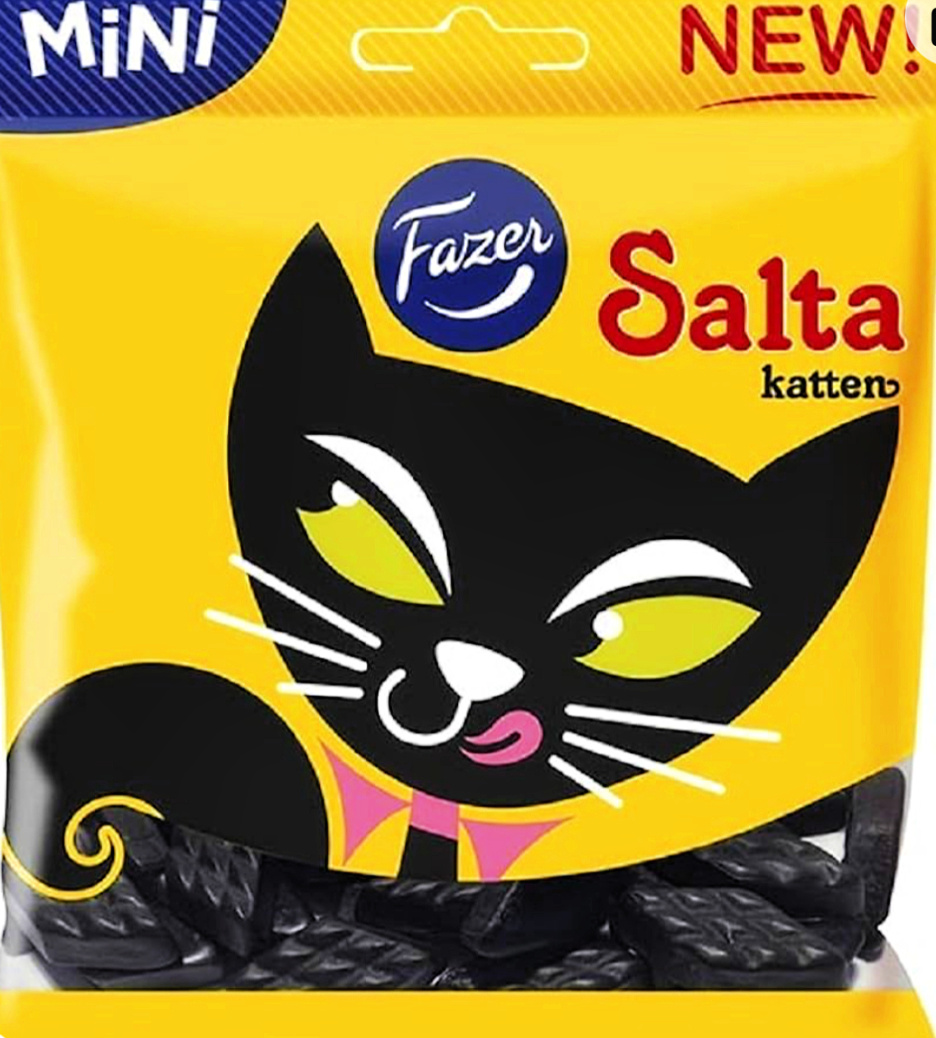
Salmiakki is a big part of Finland’s cultural heritage. I’d call it the holy trinity: Sauna, Salmiakki and Sibelius.
Salmiak, also known as salmiakki, is a type of salty licorice popular in Finland. The name comes from “salmiac,” which is another term for ammonium chloride, the key ingredient that gives this candy its distinctive salty and slightly bitter taste.
Salmiak or salmiakki is typically black or dark gray and comes in various shapes, sizes, and levels of intensity.
It has a strong, acquired taste that is polarizing to put it mildly. I grew up with Finnish parents and adored licorice (still do) but the salted variety, not so much.
In addition to being eaten as candy, salmiak is also used to flavor vodka and other alcoholic beverages, ice cream, and other confections.
Cultural Impact and Popularity
The discovery of the Salmiak cat has not only contributed to our understanding of feline genetics but also highlighted Finland’s role in genetic research.
These cats have aroused admiration and curiosity, becoming a symbol of Finland’s unique contribution to the world of domestic cats.
As more people become aware of the Salmiak cat, their popularity continues to grow. They are celebrated not only for their striking appearance but also for the scientific insights they provide into the complex world of genetics.
The Salmiac Cat as a new breed?
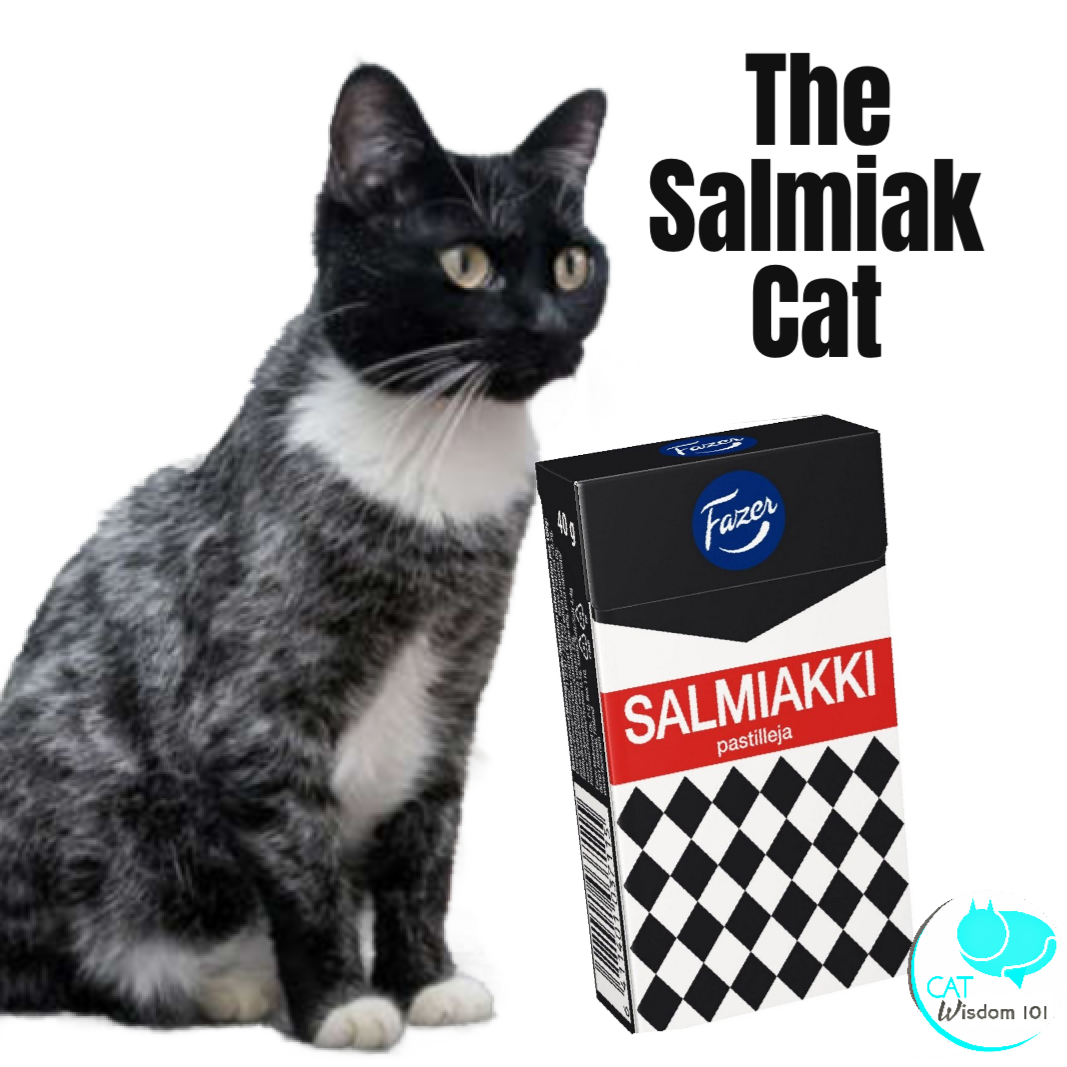
Establishing a new cat breed like the Salmiac (Salmiak) involves a complex process:
Developing the Breed Standard:
– Breeders and geneticists collaborate
– Define ideal traits, temperament, and appearance
– Focus on unique characteristics (e.g., coat pattern, body structure)
Forming a Breed Club:
– Promotes and protects the breed
– Oversees breeding programs
– Maintains genetic diversity
– Ensures adherence to breed standard
Seeking Recognition:
– Apply to major cat associations
– Provide extensive documentation:
- Breed history
- Genetic studies
- Breeding records
- Showcase at cat exhibitions
Provisional Status:
– Initial recognition phase
– Cats shown in special categories
– Allows for further evaluation and monitoring
Full Recognition:
– Granted after successful provisional period
– Breed can compete in all show categories
– Officially listed by cat associations
Current Status of Salmiac Cats:
- Early stages of recognition process. There isn’t an agreement on spelling of the name: Salmiac or Salmiak.
- Genetic mutation for coat pattern identified
Challenges ahead:
– Establishing consistent breeding program
– Gathering comprehensive documentation
– Promoting breed awareness
This process requires patience and dedication from breeders and enthusiasts, as it can take many years to achieve official status for a new cat.
Full recognition for the Salmiak cat breed is likely years away. For now, we can appreciate the ever evolving world of our feline friends.



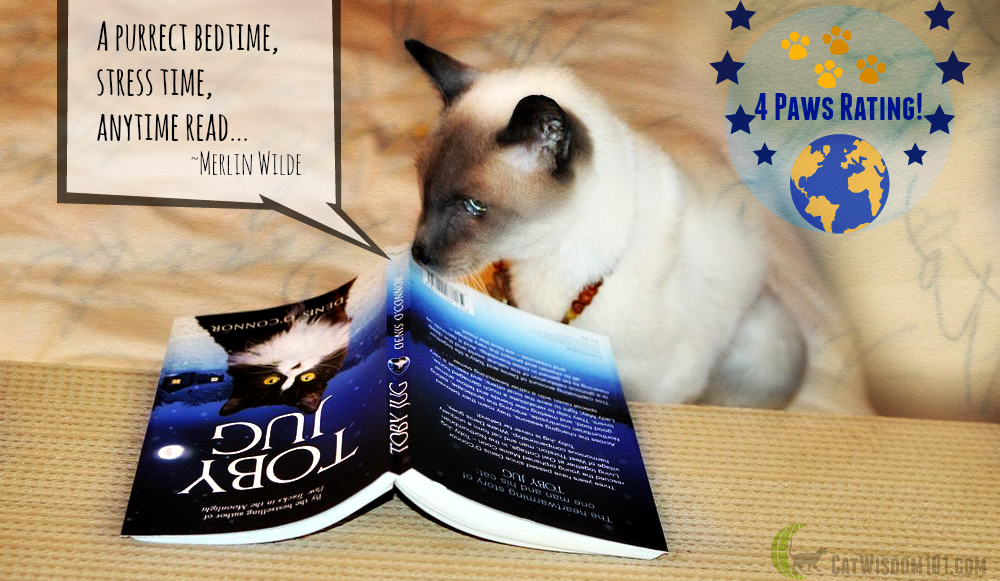
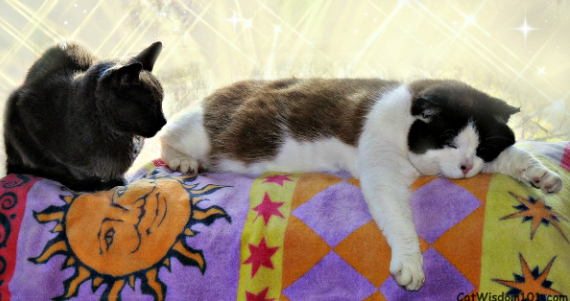
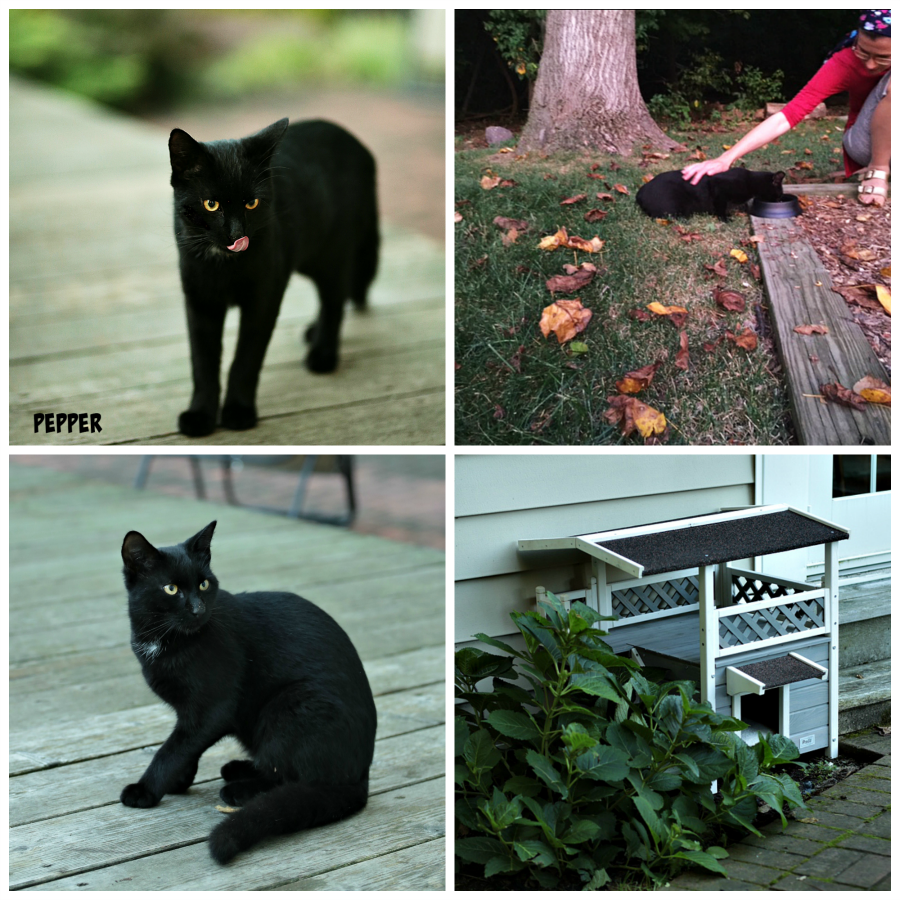
12 Comments
Meezer'sMews&TerrieristicalWoofs
We Dutch peeps love our salty licorice too!! LOL!!
I love the saltiest ones, and save them for when I have a sore throat.
That ‘new breed’ looks so interesting!
Layla Morgan Wilde
oh, that’s true!
meowmeowmans
Wow, those cats are amazing! Those coats …WOW!
Layla Morgan Wilde
Truly! It’s a treat to see a new kind of coat
Memories of Eric and Flynn
Such pretty markings, and if first found in ferals must have mutated naturally. I found this post very interesting.
Layla Morgan Wilde
Yes, exactly right and thank you!
Brian's Home ~ Forever
They really are very, very pretty, love the furs!
Layla Morgan Wilde
yes,so unique!
Ellen J Pilch
First I I have heard of these kitties. They are gorgeous. XO
Layla Morgan Wilde
Always happy to share something new xo
Amy Harlib
WOW – they are gorgeous! I will never be able to afford a pedigreed cat.
All my cats are adopted. Still, I love to see breeds with unique characteristics.
Purrs!
Layla Morgan Wilde
Rescue is my favorite breed 😉